
Review: Insights into plant adaptation from transcriptomics and proteomics studies
Plant Science Research Weekly, Research0 Comments
/
Omics approaches have helped shed light on how plants relate to their environment and how they respond to changes in it. Although still relatively underutilized, comparative transcriptomics and proteomics approaches also can be applied to study mechanisms of plant adaptation. Voelckel et al. discuss…

Could plants be sentient?
Plant Science Research Weekly, ResearchSentience, the capacity to feel subjectively, is considered limited to organisms that have a nervous system and a centralized brain. Plants, therefore, have been excluded from this group based on: lack of a transmission mechanism like the animal nervous system; lack of a brain; simplicity; and inability…
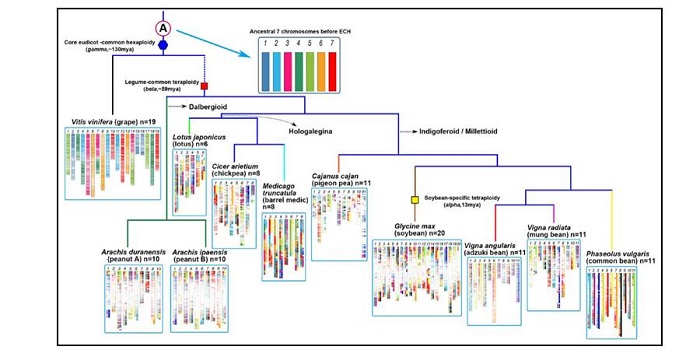
Hierarchically aligning 10 legume genomes establishes a family-level genomics platform
Plant Science Research Weekly, ResearchMany legumes are important crops, and to date ten legume genomes have been sequenced, including soybean, common bean, mung bean, and two species of wild peanut. Wang et al. used hierarchical comparative genomics analysis of the ten legume genomes, which enabled them to detected gene colinearity between…
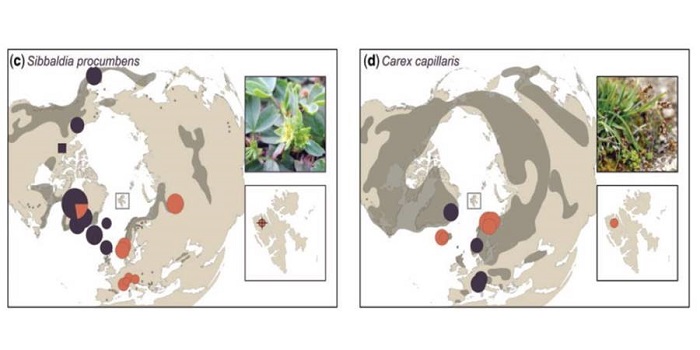
Living on the edge: conservation genetics of seven thermophilous plant species in a high Arctic archipelago
Plant Science Research Weekly, ResearchThe Arctic provides numerous opportunities to study how climate change and isolation affect plant populations. Birkeland et al. queried the genetic diversity within isolated populations of seven heat-loving (thermophilous) species in the high Arctic (74° – 81° N) Svalbard Archipelago, near the well-known…
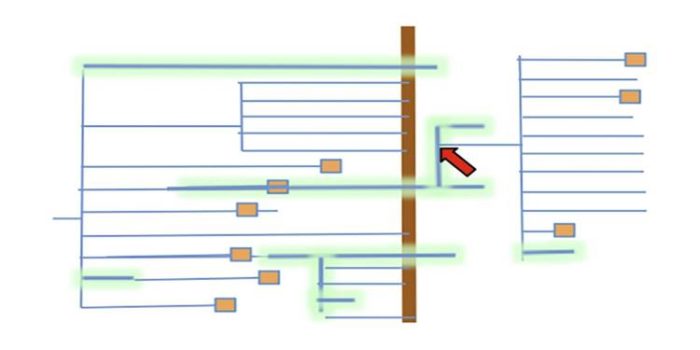
Letter: Picking up the ball at the K/Pg boundary: Ancient polyploidies as a spandrel of asexuality
Plant Science Research Weekly, ResearchRoughly 66 million years ago Earth was hit by a huge asteroid, resulting in climate changes that led to mass extinctions, most famously of the non-avian dinosaurs. This catastrophic event, which marks the boundary between the Cretaceous (K) and Paleogene (Pg) periods, also caused widespread mass extinctions…
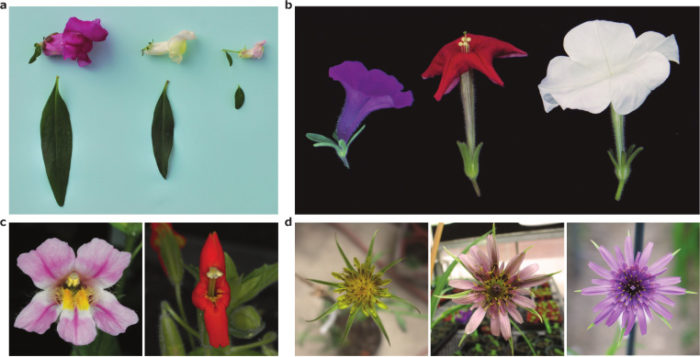
Review: The evo-devo of plant speciation
Plant Science Research Weekly, ResearchSpeciation events result from a combination of molecular, environmental and stochastic (random) factors. Several models developed in the last 150 years help to explain how species emerge, but more recently evolutionary developmental biology (evo-devo) approaches give us tools to decipher plant speciation.…
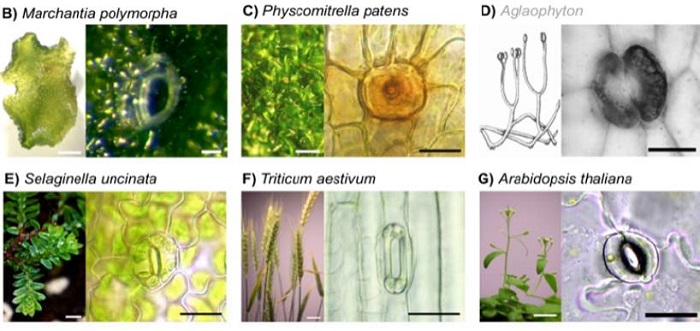
Update: Origins and evolution of stomatal development
Plant Physiology, Plant Physiology: Updates, ResearchThe fossil record suggests stomata-like pores were present on the surfaces of land plants over 400 million years ago. Whether stomata arose once or whether they arose independently across newly evolving land plant lineages has long been a matter of debate. In Arabidopsis, a genetic toolbox has been identified…
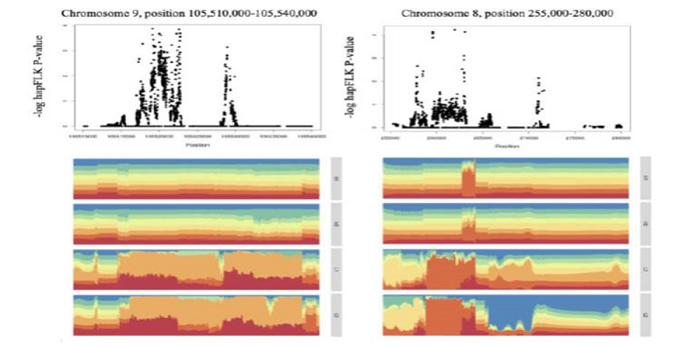
Signatures of local adaptation in lowland and highland teosintes from whole genome sequencing of pooled samples ($)
Plant Science Research Weekly, ResearchTeosinte, the ancestor of maize, grows in a range of environments in México. Teosinte parviglumis (Zea mays ssp parviglumis) is more prevalent in lowland regions while teosinte mexicana (Zea mays ssp mexicana) occupies highland territory (>2000 m above sea level). Admixture between parviglumis and…
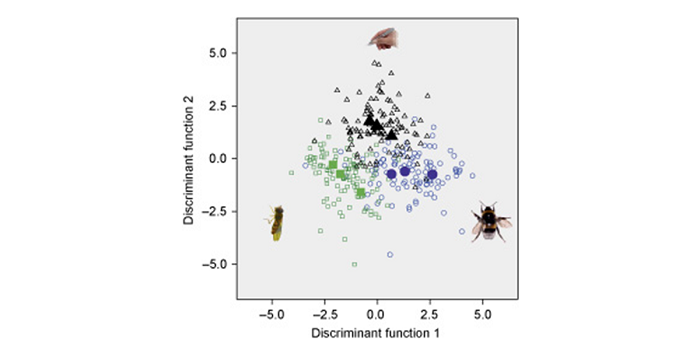
Divergent evolution driven by pollinators
Plant Science Research Weekly, ResearchA great variety of plants rely on pollinators to be fertilized successfully. This close relationship is thought to drive evolutionary diversification in plants, making the presence or absence of pollinators in response to climate change an increasingly relevant matter. Gervasi and Schiestl addressed…

